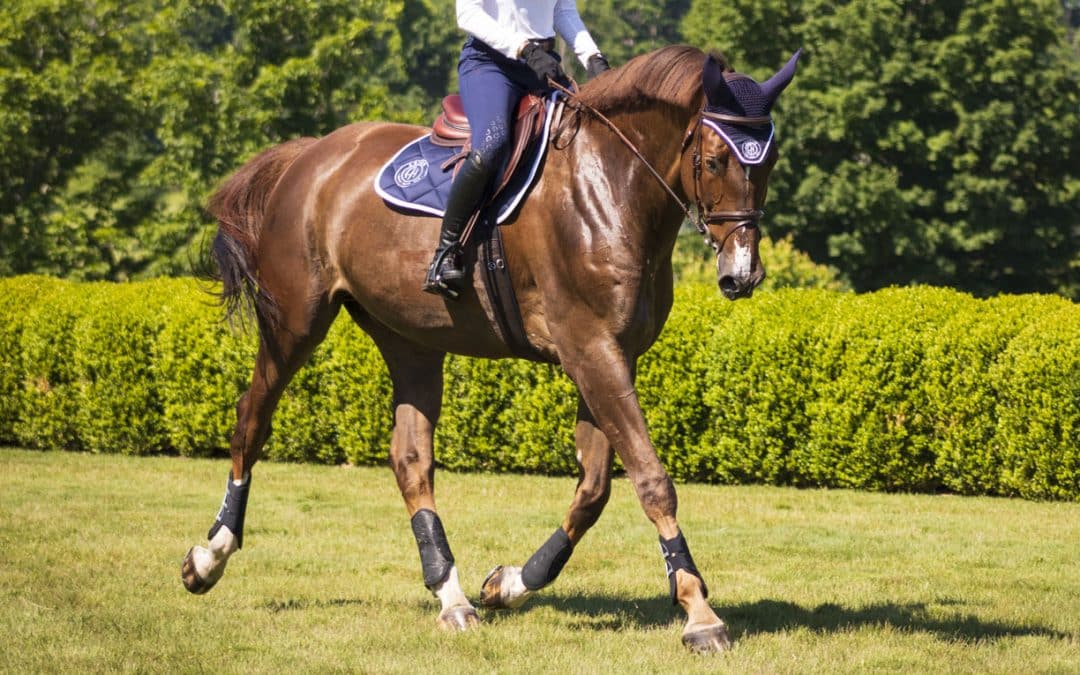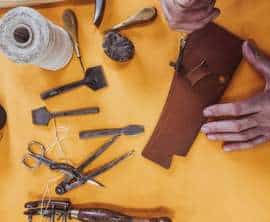The right bridle mounts
The bitfitting depends on the bit your horse needs. To find out if your bit is suitable, or if you are unsure, turn to the bitfitting experts.
After mounting the bit on your snaffle, move on to adjusting the bit posts. They should not “pull” on the bit, nor should they be too loose.
To properly adjust the posts, put the snaffle on your horse and watch carefully. Stand in front of your horse and move the mounts away from your horse’s head. The pit mounts are properly adjusted if they are about two to three inches away from your horse’s skin. If not, adjust them to find that space.
















